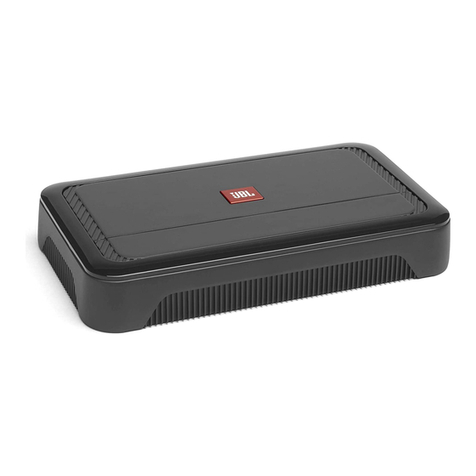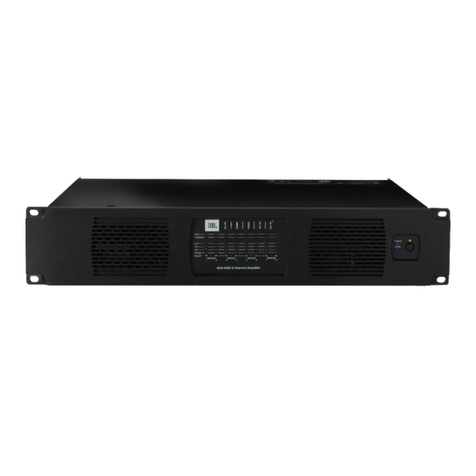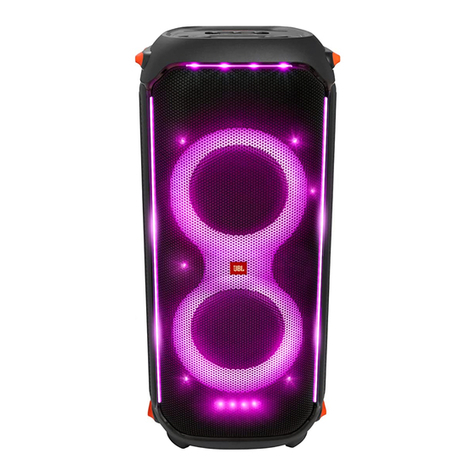Harman JBL GX-A422SI User manual
Other Harman Amplifier manuals
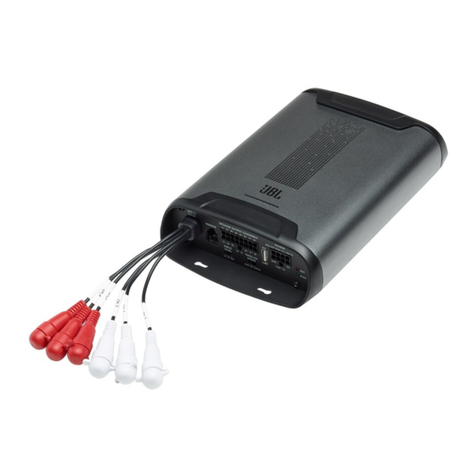
Harman
Harman JBL DSP4086 User manual

Harman
Harman JBL DSP4086 User manual
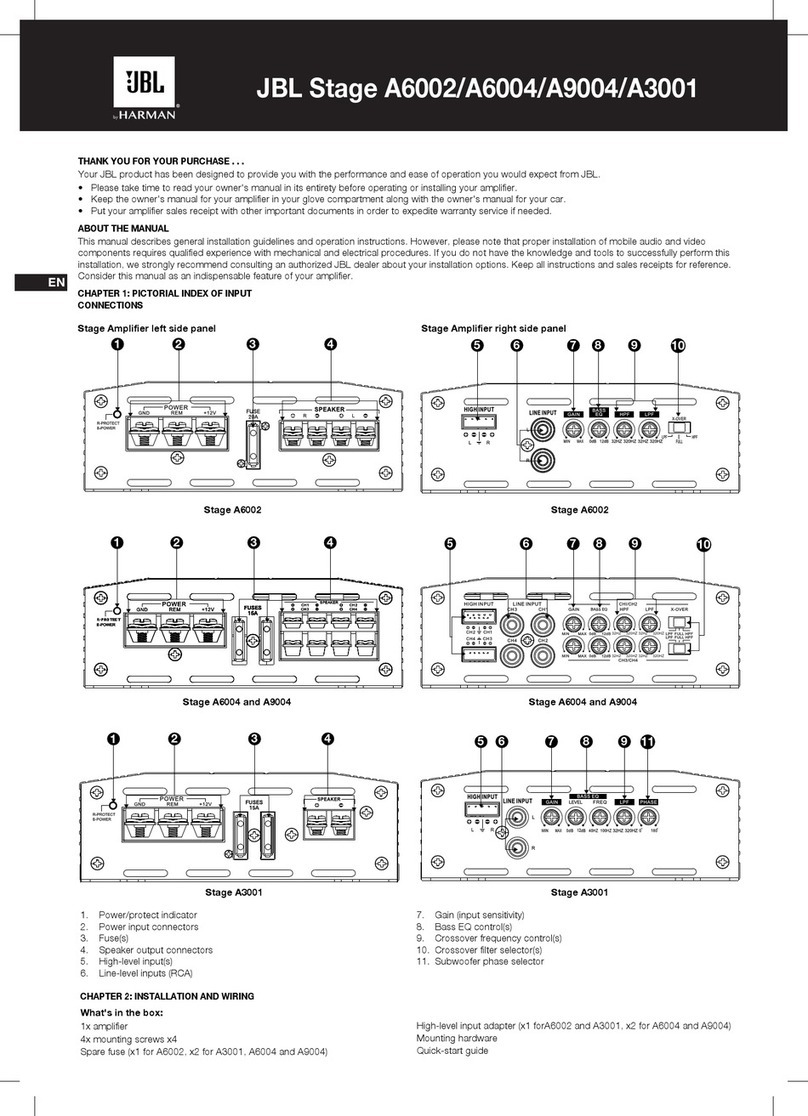
Harman
Harman JBL Stage A6004 User manual
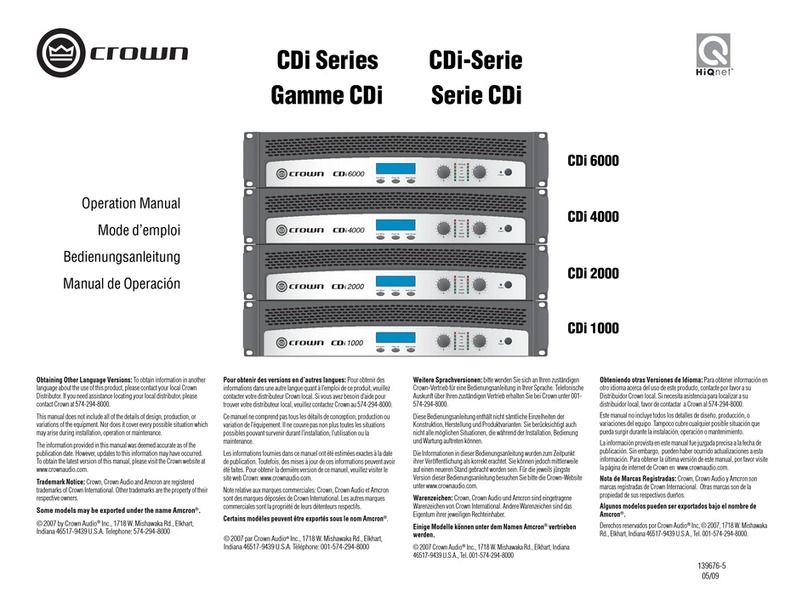
Harman
Harman Crown CDi 6000 User manual
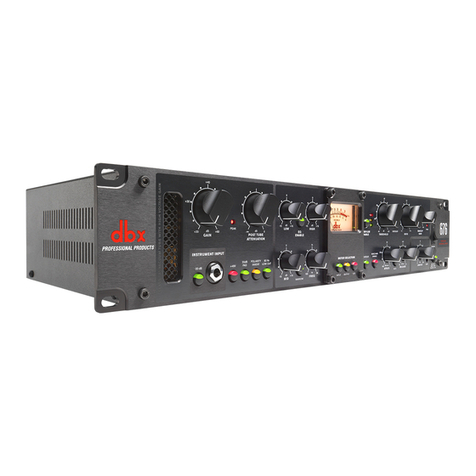
Harman
Harman dbx 676 User manual
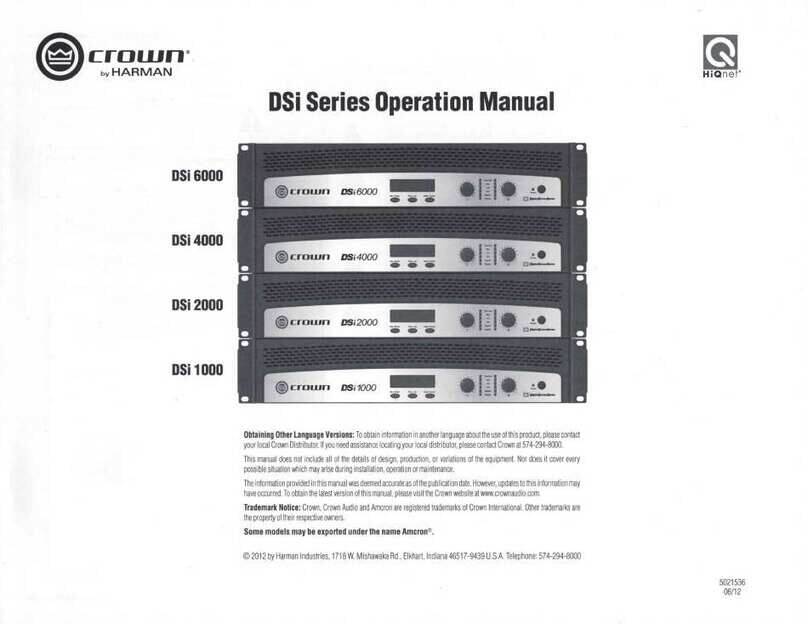
Harman
Harman crown DSi Series User manual
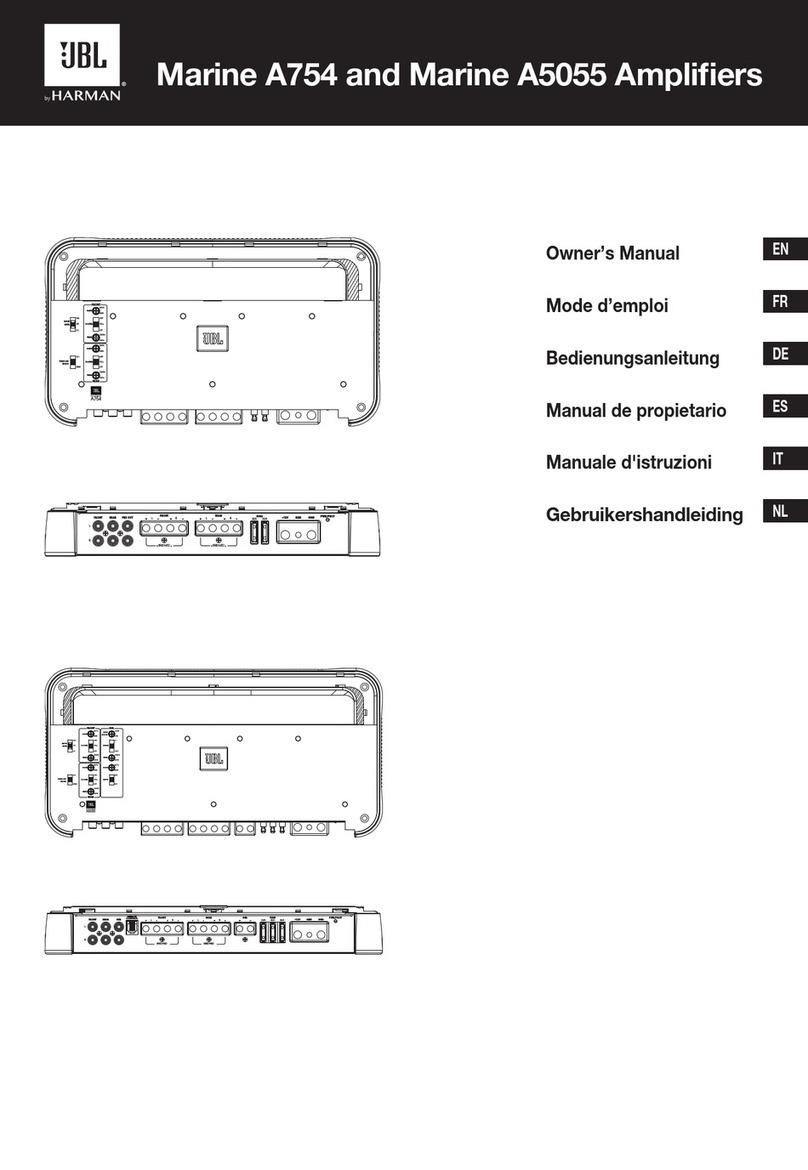
Harman
Harman JBL Club A754 User manual
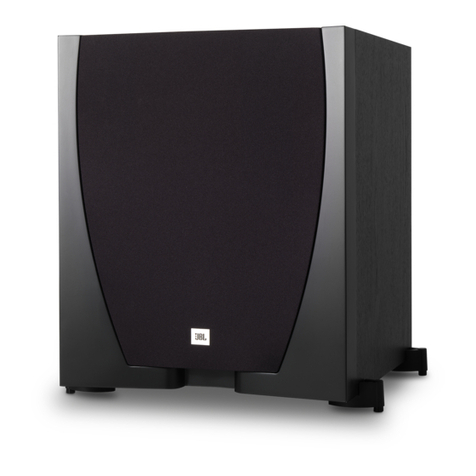
Harman
Harman JBL SUB 550P User manual
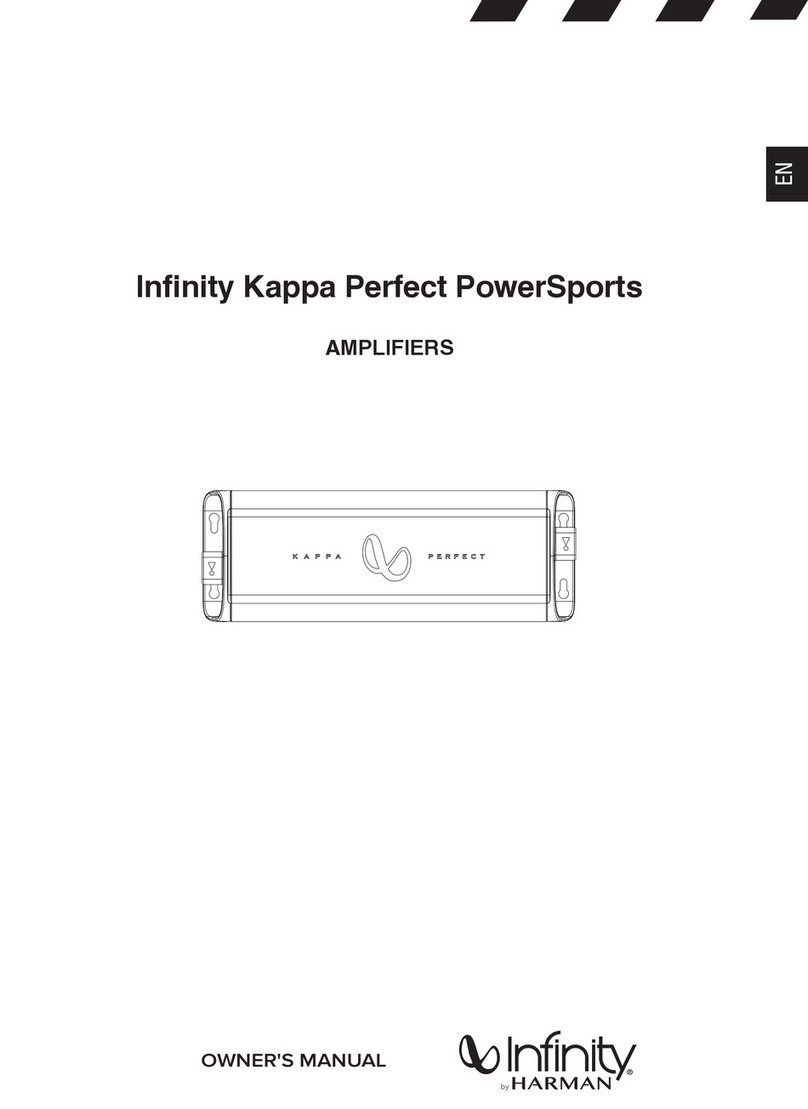
Harman
Harman Infinity Kappa Perfect PowerSports User manual
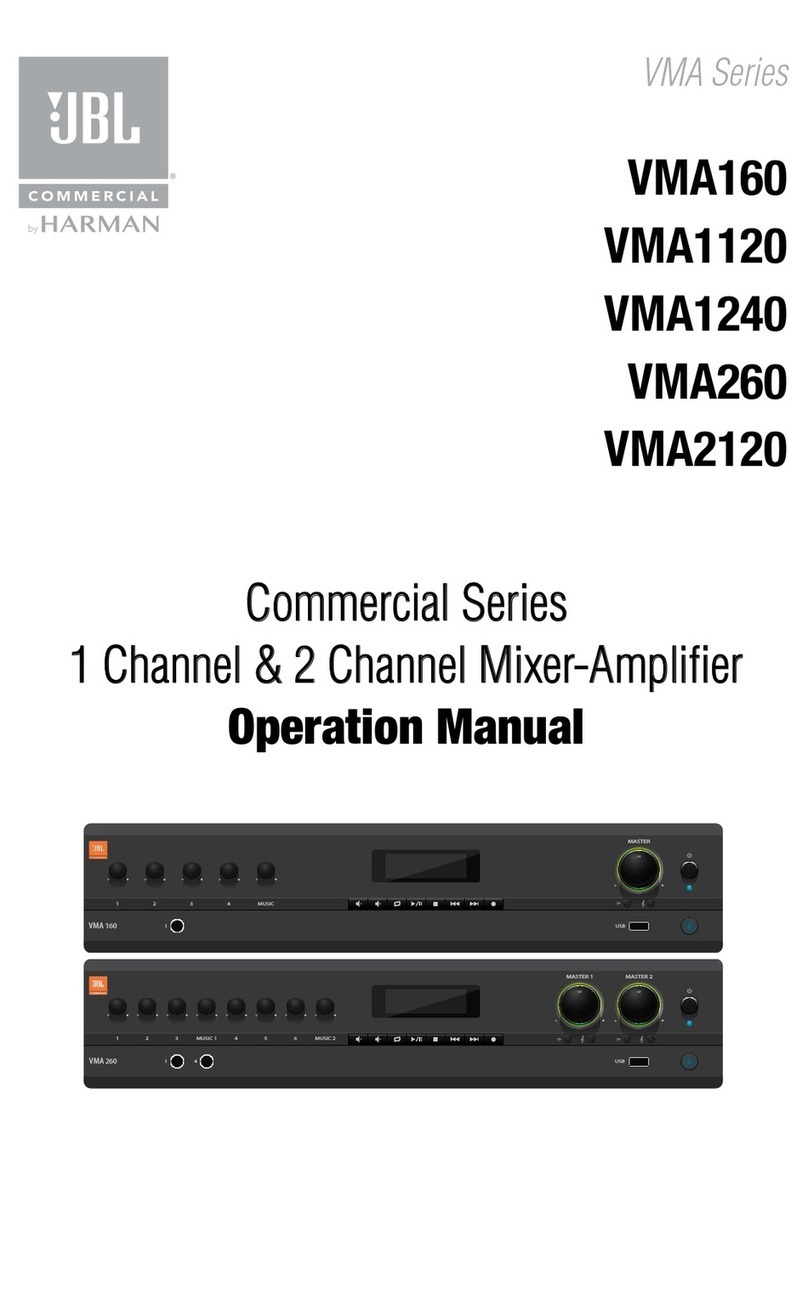
Harman
Harman JBL Commercial VMA Series User manual
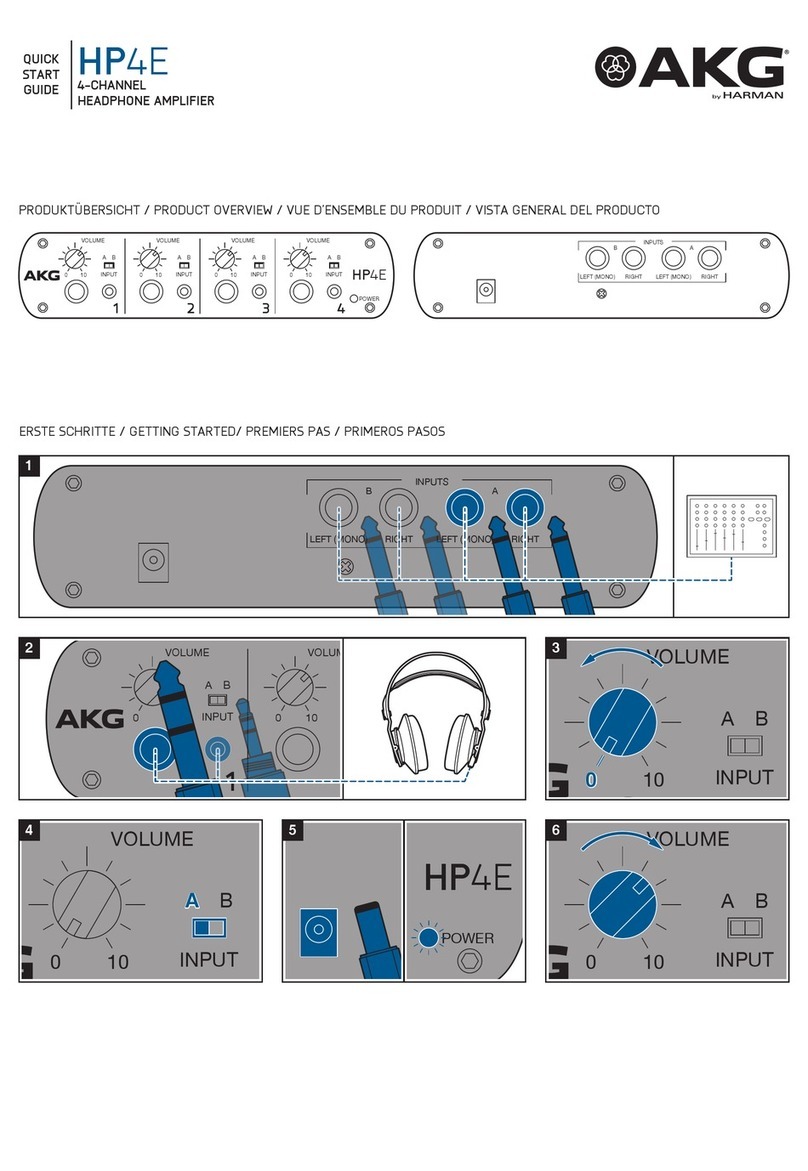
Harman
Harman AKG HP4E User manual
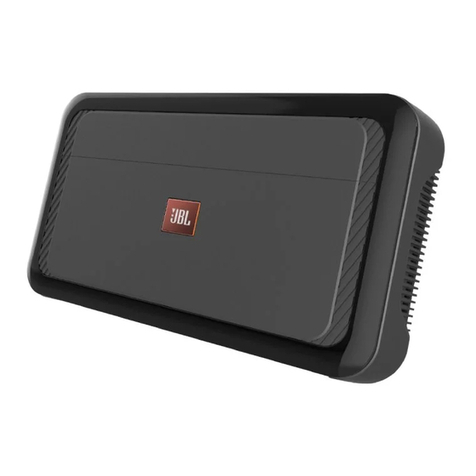
Harman
Harman JBL Club A754 User manual
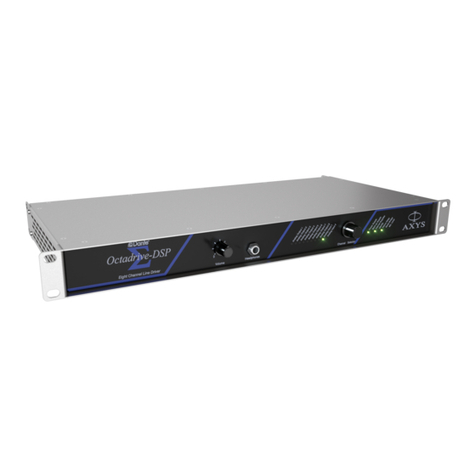
Harman
Harman AXYS Octadrive DSP-DN Instruction Manual
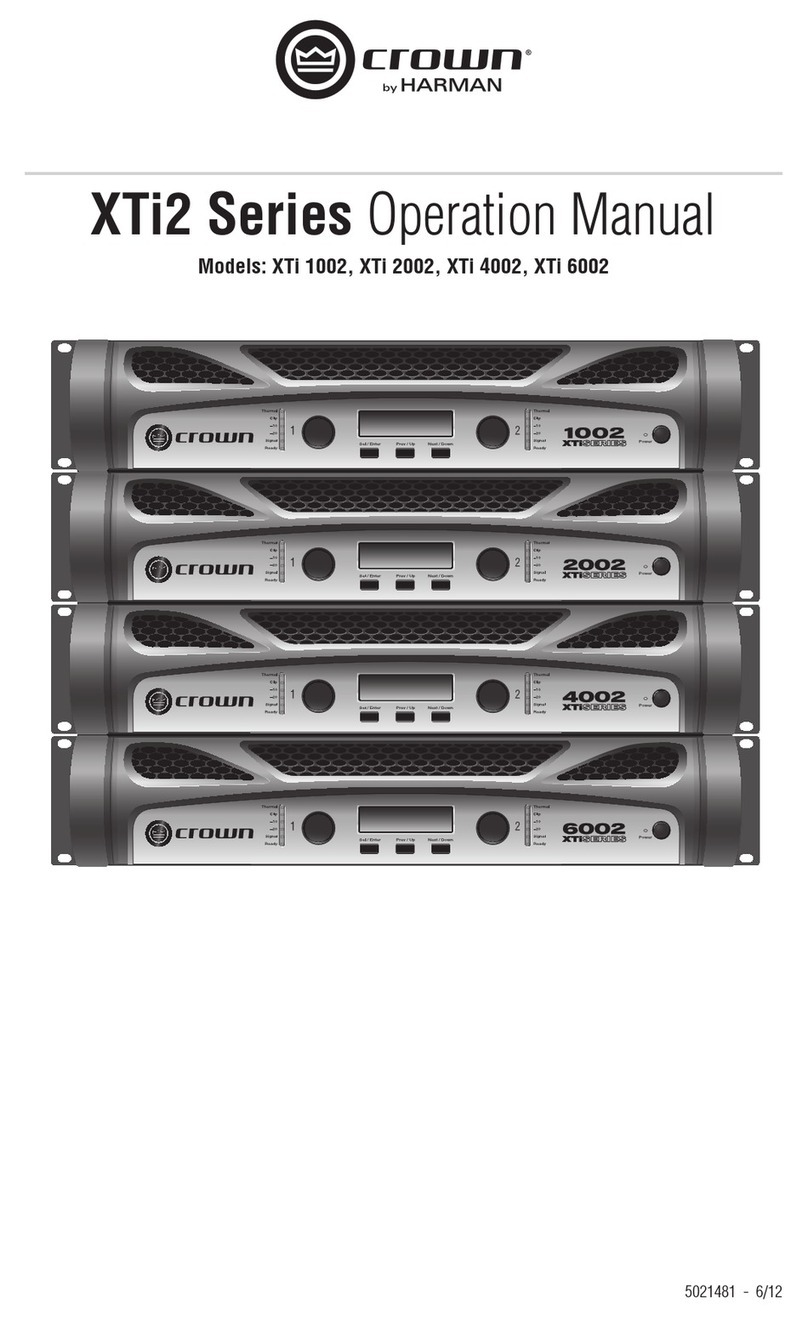
Harman
Harman Crown XTi2 Series User manual
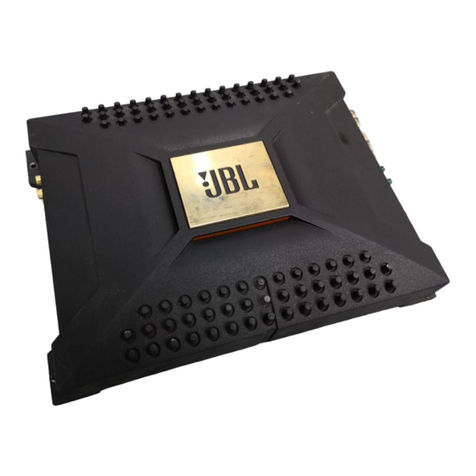
Harman
Harman JBL PRO POWER A302GTi User manual
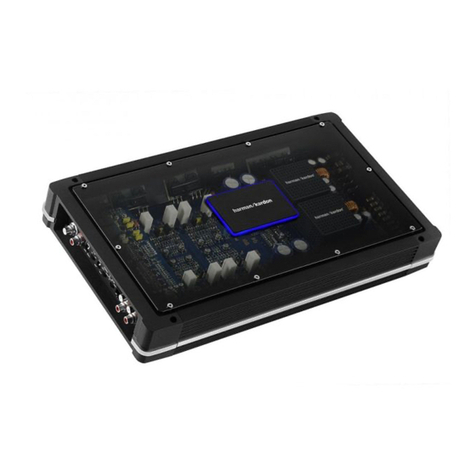
Harman
Harman CA470 User manual

Harman
Harman JBL CSA 1300Z User manual
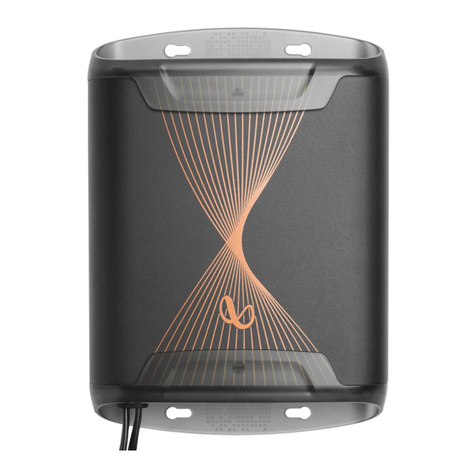
Harman
Harman Ininity INFDSP4425 User manual
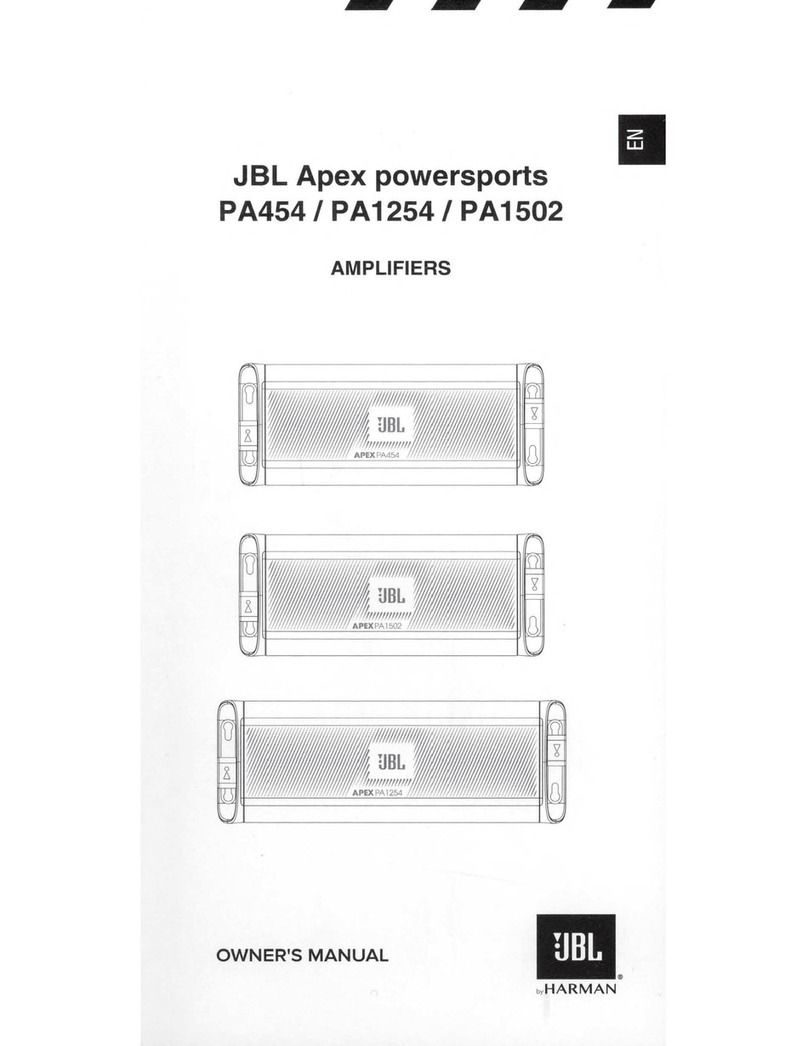
Harman
Harman JBL Apex PA454 User manual
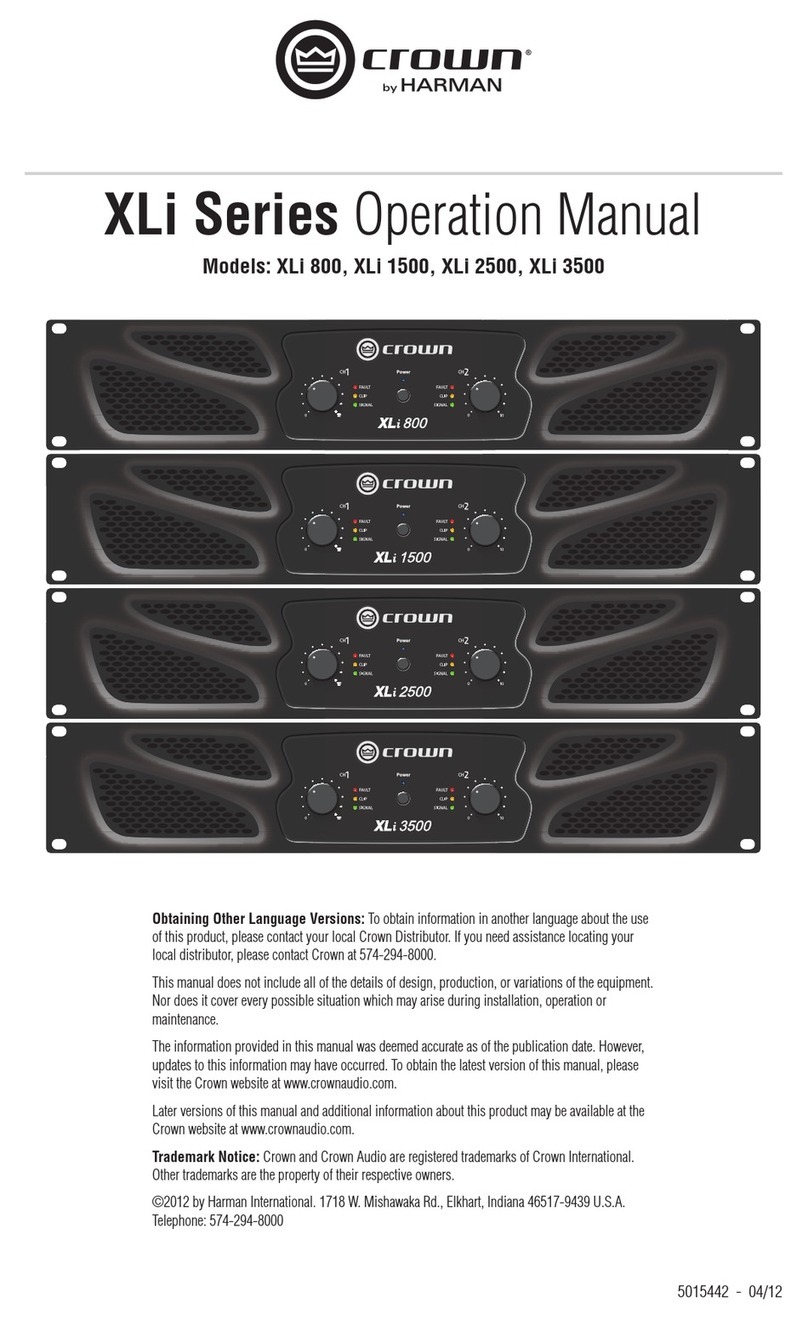
Harman
Harman Crown XLi Series User manual

